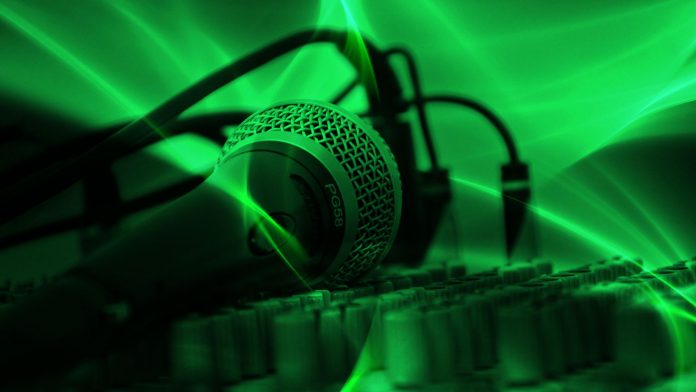

So and at the time, it just felt like the perfect combination of two worlds that were meant to be together, although those two courses had their focus for you there. And this was specifically with our video art program.

#Signal path music pro
And I also was I was I was part of the pro arts consortium taking classes for through the school. But it also encouraged you to use the space in more ways than sound alone. Very DIY, but it was \ catering to a lot of the students at the time that I was in classes with looking for a place to express themselves and to play music, but then also to complement it with, you know, a bit of an immersive, rudimentary, immersive experience.Īnd so this had, of course, some visual elements to it.

It's it really started, I'd say, with the courses that I was taking in Boston, the programs that I was involved in, the space that I created there in Chinatown was a very multidisciplinary space. Nick Meehan: Yeah, it was really I say it was really in Boston where these topics started to merge in my mind in terms of the impact of an experience when you have not only the visual element, but the sound element as well. And I was just wondering, when was the first time you remember really connecting the audio and the visual together? Marc Young: You've worked at the intersection of Sound and Art for a long, long time. In the podcast, he discusses his earliest audiovisual adventures in Boston, the ISM's plans for a cultural center in the German capital and what it's like to watch Brian Eno create ambient music on the fly. Episode 46 – Institute for Sound and Musicįor the latest episode of Signal Path, we spoke with Nick Meehan from the Institute for Sound and Music (ISM), a non-profit initiative based in Berlin dedicated to sound, immersive art and electronic music.


 0 kommentar(er)
0 kommentar(er)
